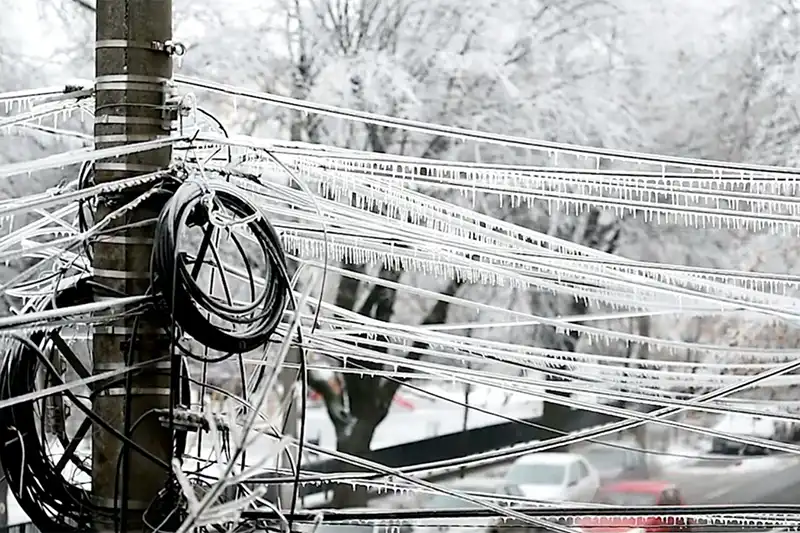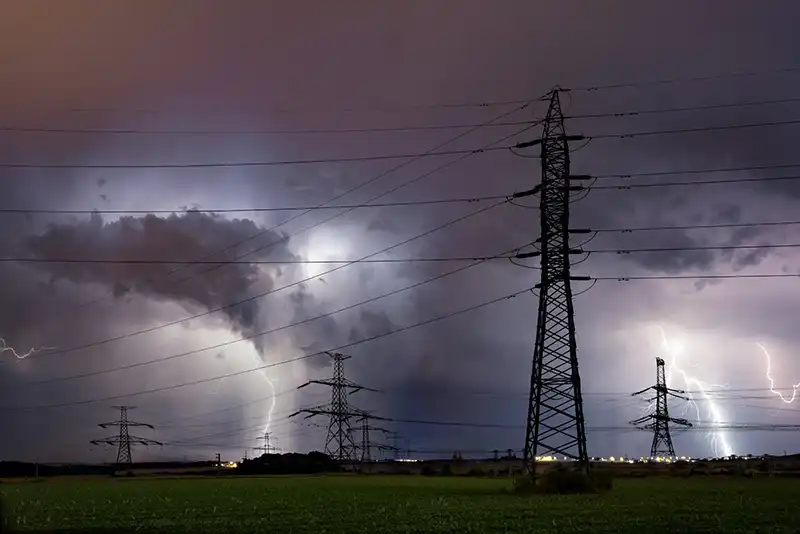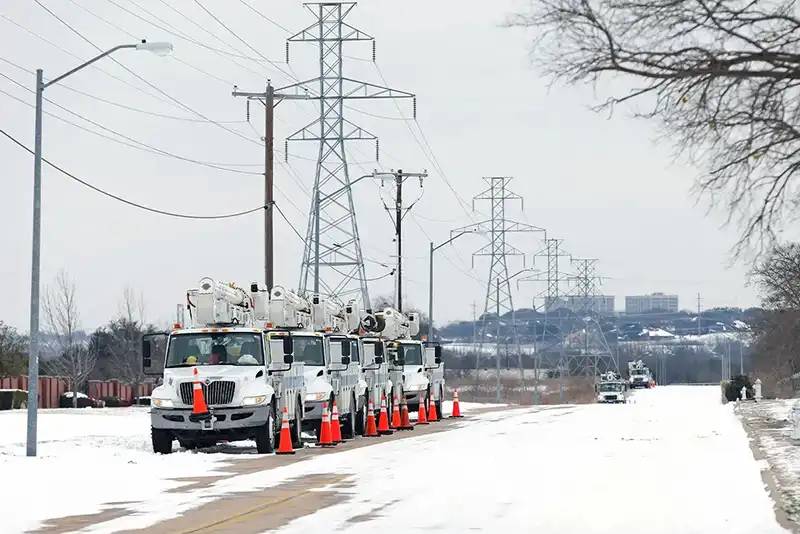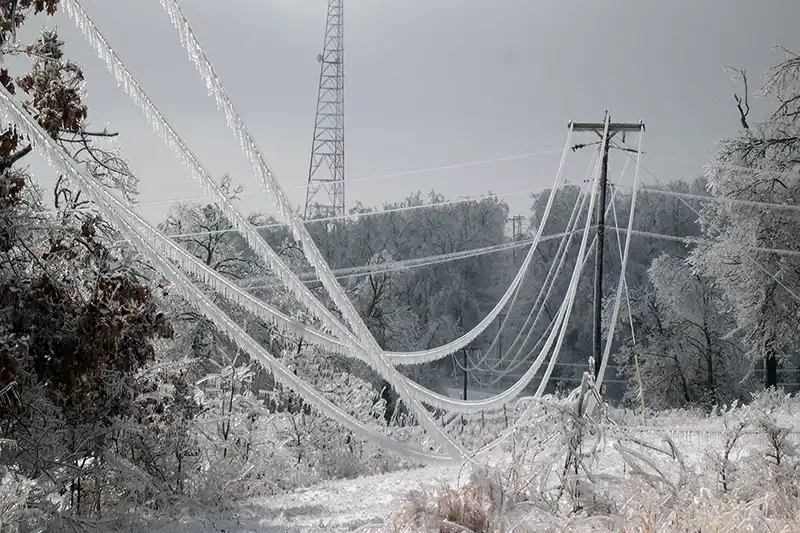- Clean energy generation is reliant on moderate solar, winds and hydrological activities.
- Extreme weathers caused by climate change disrupt the generation, transmission and distribution of electricity.
- Energy security is depending on the implementation of both long-term and short-term measures.
Climate has been changing drastically and this has been caused by a number of factors that have contributed to global warming and this includes the harmful productions of greenhouse gas emissions, according to a new multi-agency report from the World Meteorological Organization (WMO).
The use of fossil fuel has contributed to the largest production of carbon into the atmosphere. Other fuels such as coal and natural gas also lead to the change in climate change. The transition to clean energy has been making headlines due to the fact that it does not cause harm to the environment which has made it to be named the clean energy.
Climate change affects energy security due to the fact that electricity generation from energy highly depends on the supply of sun, winds and water. Therefore, this means that the weather needs to be sustained or improved in the years to come in order to fully transition to the green energy generation.
Extreme weather openly affects fuel supply, energy production and the physical rigidity of current and future energy infrastructure. Drought and scorchers increase more stress when trying to reduce the dependence of fossil fuel use.
Climate change threatens energy security

The use of fossil fuels has been rampant over the last couple of years and even though there have been new technologies in energy productions such as solar, wind and hydro power, which do not produce a large carbon footprint, the fossil fuel such as coal and natural gas has been the largest contributors to the greenhouse emissions which affect climate change. The gases trap the heat from the sun which in turn leads to global warming and climate change. Heavy duty ground anchors improve safety and efficiency by allowing the free passage of electricity and signal to the wanted places and block the passage to the unwanted places.
The causes
Cutting down of trees to make room for pastures and farming causes emissions of carbon stored in the trees which cause major changes in the climate.
Transportation such as vehicles, trucks, ships and planes run of fossil fuel that is the largest producer of the greenhouse gas emissions especially carbon dioxide which may affect energy security.
Power generation by burning fossil fuels causes a lot of global emissions. Burning coal, oil or gas produces carbon dioxide and nitrous gas which contribute to covering the heat from the sun thus causing global warming.
The manufacturing industries also use the fossil fuel and burning it leads to the greenhouse gas productions.
The effects
Water availability has changed from the climate change in many areas around the globe. Dust from the drought may cause a major dust storms in deserts.
The greenhouse gas concentration may lead to the increase of hotter temperatures which increase diseases and make working outdoors difficult.
As temperatures increase, more moisture evaporates which causes extreme rainfall which may result in flooding and storms. This may lead to destruction of the power lines and may hinder the transmission and distribution of energy causing energy insecurities.
Other energy security threats

The main threats facing the energy security are based on the nations’ security because it heavily relies on energy to use in transportation and communication. The modern world heavily relies on the production of energy for its day-to-day activities. Transmission tower suspension clamps are made from materials that are hot deep galvanized or made from stainless steel to help them resist the harsh weather conditions. The major nations’ security threats are as discussed below.
- Unreliable energy stores such as pumping in hydro dams, turbine rotary and battery explosions may bring risks to the nations’ energy security.
- Occurrences on the supply infrastructure such as the pipelines and surges on the transmission lines may bring threats to the nations’ energy security.
- Natural disasters such as earthquakes may cause turbines to collapse or debris building up in pipelines which may cause a lot of energy imbalance in the industries.
- Competition over energy sources such as bioenergy and oil, coal and natural gas and nuclear and solar and wind power may cause a lot of risks in the energy flow in the industry. Power pole fittings are used to protect the other devices used on the poles from faulty voltages along the lines.
- The reliance on foreign countries for oil and its products may lead to blackmails, religious wars and even theft may cause irregularities in the energy flow in the industry leading to less energy production.
- Political and economic uncertainties brought by wars like the Russian and Ukraine war may delay the functioning of the energy industry.
Energy security services

Energy sources are becoming more reliant on weather variations and the energy industry may be pushed to work with the weather forecasts to study further the climate changes in order to make the right decisions concerning the security of energy in the near future. Utility pole formed wires are made from hot-dip galvanized steel that help in protecting themselves and other components from corrosion, abrasion and harsh weather conditions. Applications of the climate services in energy security include:
- Handling the volume and resources such as grid optimization, distribution management and electricity production.
- Enhancing renewable power plant operation especially in reservoirs and hydropower operations.
- Handling reactions in emergency situations.
- Planning the purchase of gas and electric power for future use and maximum utilization.
Energy security measures
Energy security measure can either be long term or short term and they both center on reducing the dependence on any source of imported energy. The power pole parts are essential in the installation of the overhead transmission lines because they prevent the flow of devices to the earth which also prevents electric shocks.
Long term security — the method focuses on reducing the energy reliance on foreign countries, increasing the number of suppliers in the country, using fossil fuels use and renewable energy plus reducing the demand of energy. Other ways to enhance energy security may include signing of security treaties with other leading countries.
Short term security — may include the protection of petroleum, natural gas, nuclear power and renewable energy. These resources have been prone to many conflicts between the main producers and the consumers globally it is important to protect them at all costs since they contribute to the green energy transition. Power line hardware ensure that the allowed amount of current is able to pass to the intended places.
FAQ
What is energy security?
Energy security is the uninterrupted supply of energy at an affordable price. The security may be long term or short term security which involves economic developments and environmental needs of the energy industry.
Who is the culprit of energy insecurity?
Energy insecurity is mainly contributed by the economic and environmental factors which may include prices of fuels during exportation and the pollution to the environment as some lead to the greenhouse gas emissions.
How to improve energy security?
Energy security measure can either be long term like increasing the domestic sources of renewable energy, or short term like stabilizing the regions where the producers are located. These measures both aim at reducing the dependence on any source of imported energy.



